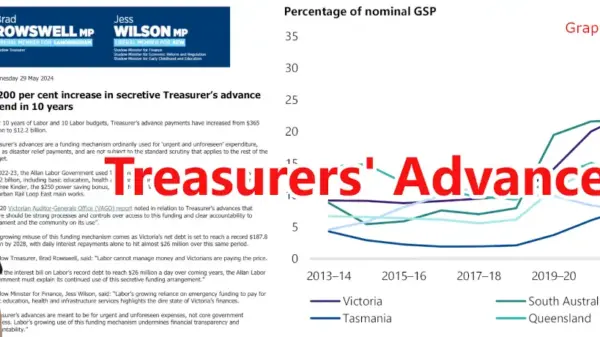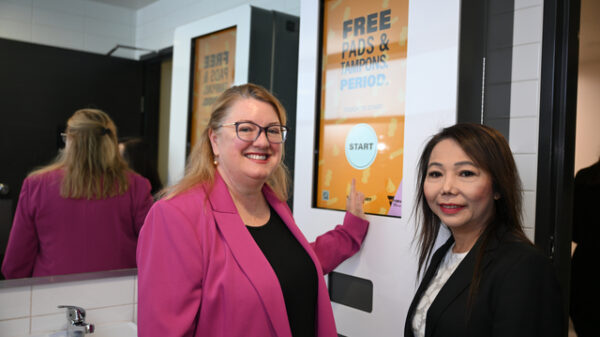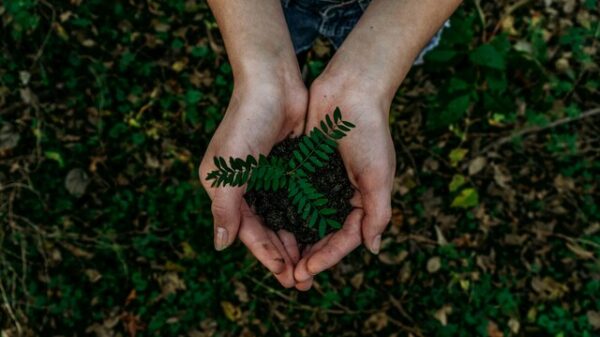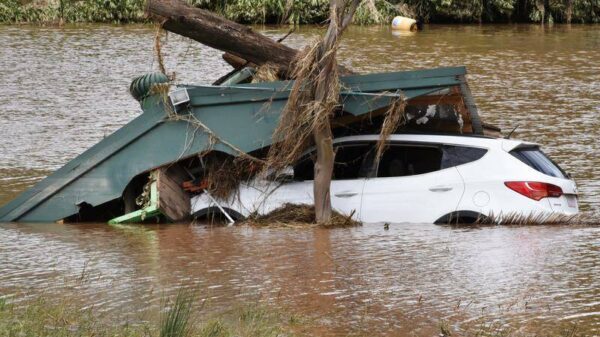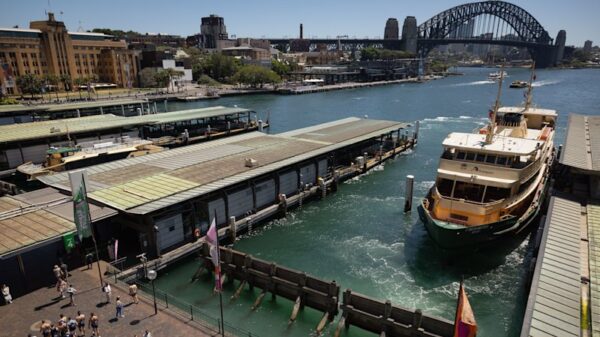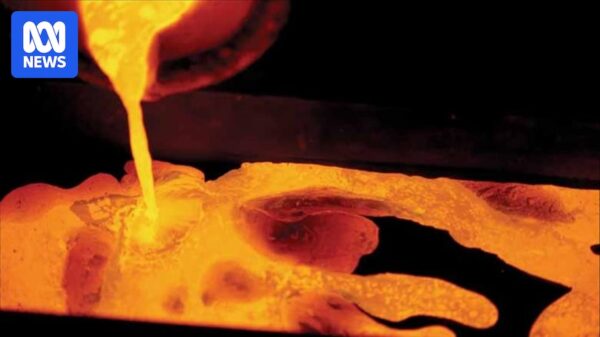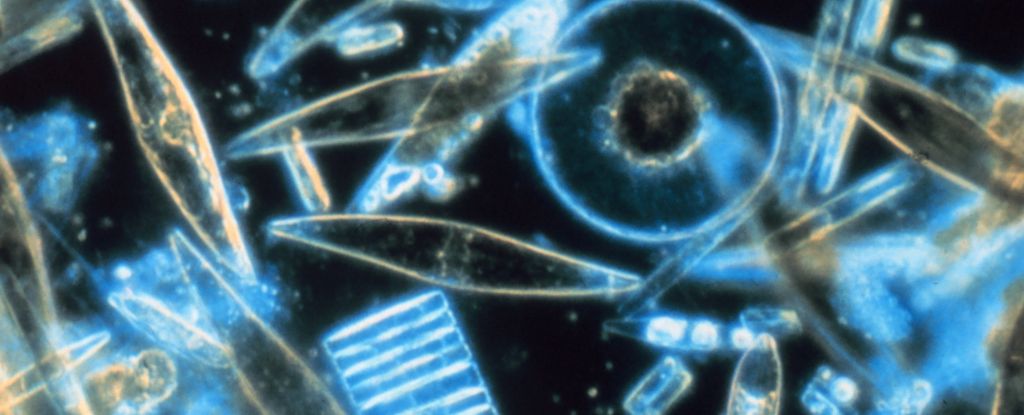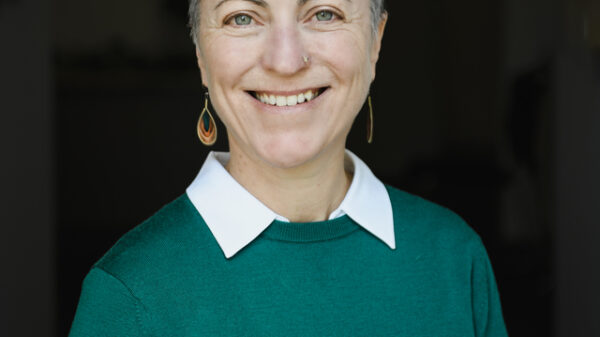A striking patch of turquoise in the Southern Ocean, observed in satellite images since the early 2000s, has been linked to billions of tiny microorganisms, according to new research. Oceanographers have identified a combination of phytoplankton and biogeochemical compounds that challenges existing beliefs about how the frigid waters of the world’s southernmost oceans sequester carbon.
The research centers around a reflective area known as the Great Calcite Belt, located to the north of the turquoise patch. Discovered approximately two decades ago, this region contains vast populations of coccolithophores, microorganisms that produce reflective scales called coccoliths. These creatures are crucial for the global carbon cycle, concentrating an estimated 30 million tonnes of carbon annually. The coccoliths increase ocean reflectance, a key factor that satellite oceanographers use to measure ocean calcite concentrations.
Despite the presence of coccolithophores in the Great Calcite Belt, the turquoise patch to the south raised questions. The waters in that area are generally considered too cold for these microorganisms to thrive. The remoteness of the region, often obscured by rough seas and icebergs, has made it challenging to observe this phenomenon from space. To investigate further, oceanographer Barney Balch and his team embarked on an expedition aboard the research vessel Roger Revelle to gather direct measurements from the ocean.
Balch noted the limitations of satellite observations, stating, “Satellites only see the top several meters of the ocean, but we were able to drill down with multiple measurements at multiple depths.” The team collected data on ocean color, calcification rates, and concentrations of inorganic carbon and silica, which are integral to understanding the ecosystems of both coccolithophores and their competitors, the diatoms.
Traditionally, the Great Calcite Belt has been regarded as the domain of coccolithophores, while areas further south were thought to be dominated by diatoms. The research revealed that high-reflectance waters in the southern region had been observed but often dismissed due to the assumption that coccolithophores could not exist in such cold temperatures. The findings indicate that the elevated reflectance could instead be attributed to diatoms, which create glassy structures that scatter light effectively.
The research team found direct evidence of coccolithophores living in waters south of the Great Calcite Belt, extending to 60°S. The results showed moderate concentrations of these microorganisms, but they alone could not account for the brightness seen in satellite imagery. Instead, the dense population of diatoms produced similar optical effects, leading to the misidentification of particulate inorganic carbon in satellite measurements.
In their study published in Global Biogeochemical Cycles, Balch and colleagues emphasize the need to reassess how satellites estimate particulate organic carbon in polar waters. “We’re expanding our view of where coccolithophores live and finally beginning to understand the patterns we see in satellite images of this part of the ocean we rarely get to go to,” Balch concluded.
This research provides valuable insights into the complex interactions of these microorganisms and their roles in the Southern Ocean’s ecosystem, potentially reshaping our understanding of carbon cycles in these remote waters.

